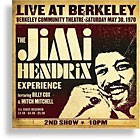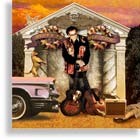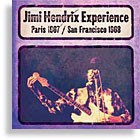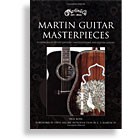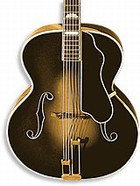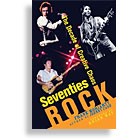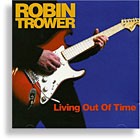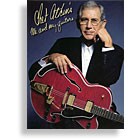
Bill Dixon has done what many of us have done. He bought, traded, and sold guitars.
And he has done well. He made a profit that he plowed back into his collection. He built up a nice collection of instruments and had a lot of fun doing it. The one thing Dixon did that most of us did not is document his trail of success all the way from the beginning. And though he’s a bit of a Johnny-come-lately, having begun true collecting in the mid ’90s, Dixon has developed a useful system of locating and re-selling (at a profit) the guitars he doesn’t want to keep, then using the profits to buy guitars he does want. It’s not rocket science, but neither is it buying from unknowledgable original owners or taking advantage of uninformed sellers. In fact, Dixon bought many of his instruments at guitar shows and from the pages of VG . He shares where to look for bargains, purchasing and negotiating techniques, avoiding common pitfalls, and how to focus your efforts to maximize results.
Dixon himself certainly got results. His “keeper” collection, as of 2003, contains a number of nice acoustic and electric guitars nearly all of which were obtained using profits from the sale of other instruments. Proof positive that with the right approach, you can still get great deals, even in these days of high prices, Ebay, and picked-over offerings at shows. Dixon’s approach is a great place to start.
Boiled down to its essence, that would appear to be knowing what you want to accomplish, keeping careful records of your progress, celebrating your successes, and having fun.
Softbound 96 pages, ISBN 0-9725699-0-1, $14.95
This article originally appeared in VG‘s March ’04 issue. All copyrights are by the author and Vintage Guitar magazine. Unauthorized replication or use is strictly prohibited.

